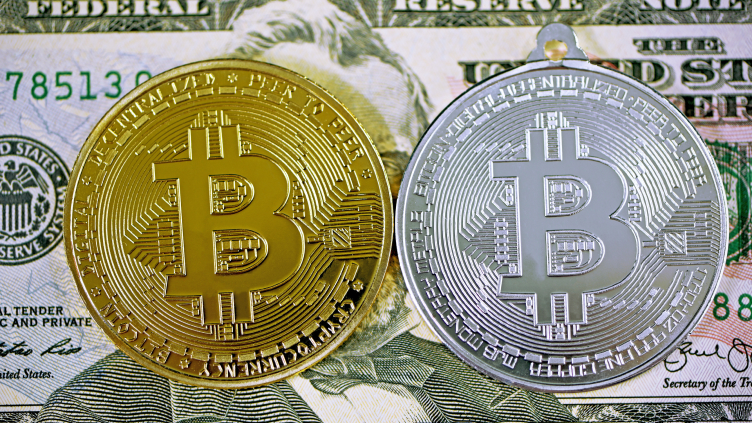Bitcoin hit a record high of $109,000 earlier this year, but the level of sales remains far below the peaks seen in previous cycles, according to research by on-chain analytics firm Glassnode. The study, released on April 1, highlights a trend of investors who purchased Bitcoin between 2020 and 2022 holding onto their assets, even amid significant price volatility.
The data shows that buyers from this period, whose cost basis ranges from the 2020 low of $3,600 to the 2021 high of $69,000, have not been motivated to sell, even as the cryptocurrency’s price continues to fluctuate. While the share of wealth held by these investors decreased by 3% from its peak in November 2024, it remains at historically elevated levels, suggesting that most of these buyers are still holding onto their positions.
In comparison, investors who purchased Bitcoin five to seven years ago exited their positions by December 2024, capitalizing on their lower cost basis. Glassnode’s findings also emphasize that long-term holders have retained their Bitcoin while newer investors have shown more sensitivity to price changes.
Short-term holders (STHs), a group that includes more recent buyers, are seen as more reactive to price swings. According to Glassnode, STHs currently hold around 40% of Bitcoin’s network wealth, which is lower than the 70-90% observed during previous cycle tops. This suggests that the current Bitcoin market rally is less concentrated among speculative investors and is more evenly distributed than in past cycles.
Over the past six months, Bitcoin’s price has risen to new all-time highs, only to drop by as much as 30%. This has led to some panic selling, though not to the same extent seen during previous cycles. The data shows that the level of speculative behavior is much lower compared to past market tops. Glassnode pointed out that STH participation peaked at nearly 50% earlier in 2025 but remains significantly below previous cycle highs, indicating a more tempered market.
Additionally, Bitcoin exchange inflows have dropped to a two-year low, signaling that fewer investors are selling or moving their assets. Despite the price surges, many holders from 2020 have chosen to “HODL,” which suggests a shift away from short-term speculation toward long-term investment strategies. The data further shows that the market is not experiencing the same kind of speculative frenzy that typically accompanies price surges near cycle peaks.
Glassnode’s report illustrates a more measured market behavior compared to past Bitcoin cycles, where speculative trading drove rapid market corrections. The research suggests that while Bitcoin remains volatile, its current market dynamics are less driven by speculative actions and more focused on long-term holding.


